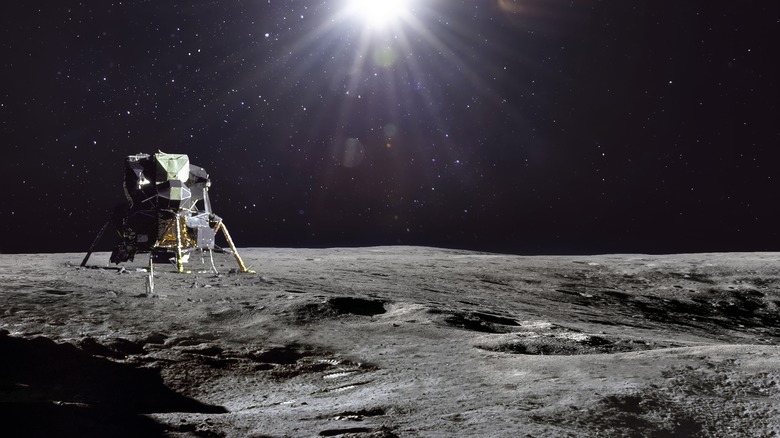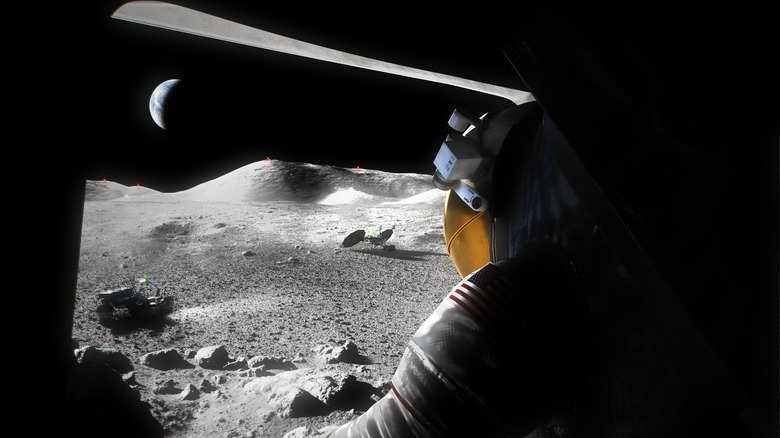SpaceX's Starship HLS Lunar Lander Isn't Enough For NASA
NASA plans to develop not one but two separate landers to take humans onto the surface of the moon. The US space agency recently announced that it was soliciting designs for lunar landers in addition to the Starship Human Landing System from SpaceX, a contract which was awarded in 2021.
It might seem odd for NASA to want to develop two vehicles which do the same thing. However, the agency has been criticized over whether it has invited enough competition from private companies when awarding its contracts, and was the subject of a (failed) lawsuit from Jeff Bezos's company Blue Origin which lost out on a lunar lander contract.
NASA says that by wading a second contact for a lunar lander, it will ensure competition among private companies and push forward innovation.
"Under Artemis, NASA will carry out a series of groundbreaking missions on and around the Moon to prepare for the next giant leap for humanity: a crewed mission to Mars," said NASA Administrator Bill Nelson (via NASA). "Competition is critical to our success on the lunar surface and beyond, ensuring we have the capability to carry out a cadence of missions over the next decade. Thank you to the Biden Administration and Congress for their support of this new astronaut lander opportunity, which will ultimately strengthen and increase flexibility for Artemis."
The Artemis plan
NASA intends to begin its exploration of the moon with an uncrewed mission, called Artemis I, which will be a test of its new Space Launch System rocket and Orion capsule. The Orion craft will be put into orbit around the moon and then returned to Earth, and currently the aim is to launch this mission later this year, in summer 2022.
The next mission will be Artemis II, which will be a crewed mission to test out more of the technology as the spacecraft travels around the moon before coming back to Earth.
Artemis III will be the crewed lunar landing, for which a lunar lander will be required. A human landing system will be put into orbit around the moon, which a team of four astronauts including a woman and person of color will dock with, They will then descend to the moon's surface and – if all goes to plan – spend just under a week there, performing spacewalks and collecting samples.
The development of more lunar landers will help speed along this goal, NASA insists. "This strategy expedites progress toward a long-term, sustaining lander capability as early as the 2026 or 2027 timeframe," said Lisa Watson-Morgan, program manager for the Human Landing System Program at NASA's Marshall Space Flight Center in Huntsville, Alabama (via NASA). "We expect to have two companies safely carry astronauts in their landers to the surface of the Moon under NASA's guidance before we ask for services, which could result in multiple experienced providers in the market."

